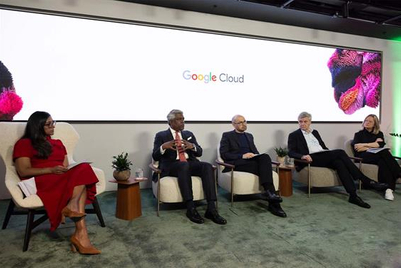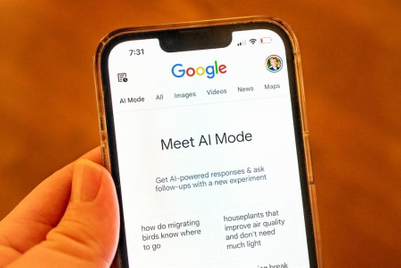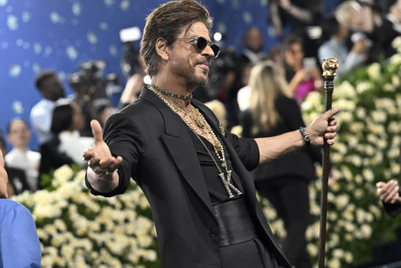.jpg&h=570&w=855&q=100&v=20250320&c=1)
In the fast-paced world of corporate communication, L&T leader SN Subrahmanyan’s recent PR fiasco serves as a stark reminder that even industry giants can stumble when it comes to managing their public image. The company's response to their chairman's controversial 90-hour workweek comments was far from exemplary, highlighting a critical gap in management think, strategy and chasms between team cohesiveness that has played out publicly.
Their handling of the situation was, to put it mildly, a significant miss. Instead of taking the high road by owning up to the insensitivity of the remarks, offering a sincere apology, and outlining concrete steps to address the issue, the company chose a defensive stance.
This approach not only failed to quell the growing controversy but also missed an opportunity to demonstrate leadership and accountability in a challenging situation. In any era, ownership, acceptance, apology and fixing; this mantra has been steadfast. Doesn’t change except the fact that response time has become faster!
The viral fallout
The incident quickly spiralled into a meme fest, with social media users and brands alike seizing the moment to create witty, often biting commentary on work-life balance and corporate culture. Wakefit, known for its clever marketing, jumped on the bandwagon with a campaign that humorously highlighted the importance of rest and personal time, further amplifying the conversation around the misstep.
How does one tackle that? It eventually spirals down to damage control and gargantuan pressure on communication teams!
In addition to some interesting quips from other industry leaders about stare-fests with their spouse, the L&T imbroglio also highlights why media (and meme) training is super critical—no matter what position and how many years of experience you may have in your sector! And here are some things to bear in mind:
1. Context is king: In today's hyper-connected world, statements made in any forum, even internal meetings, can quickly become public fodder. Leaders must be mindful that their words carry weight beyond the immediate audience.
2. Empathy is essential: Comments that may seem motivational can come across as tone-deaf or insensitive when lacking empathy. Leaders need to consider the diverse perspectives and experiences of their workforce. Choice of words. Read again—super critical!
3. Quality over quantity: The focus should be on productivity and output rather than hours worked. This shift in perspective is crucial for fostering a healthy work culture. Mahindra Group’s chairman Anand Mahindra hit it succinctly and wittily on this one!
4. Work-life integration: Recognising that employees have lives outside of work is not just good ethics; it's good business. Happy, well-rested employees are more productive and creative.
5. Generational expectations: Younger generations prioritize work-life balance and mental health. Companies that fail to acknowledge this risk losing top talent.
The bigger picture
The slip-between-mike-and-lip incident underscores a larger truth in corporate communication: it's not just about watching what you say, but understanding the potential impact of your words in a world where context can be lost and messages can be misconstrued in an instant.
For L&T and other corporates should opt for a multi-pronged approach which includes owning up with an authentic apology. Because when mistakes happen, a genuine apology goes a long way in rebuilding trust.
They should also have an action plan with concrete steps outlined to address the issue and prevent similar incidents in the future. Moreover, they should use the incident as an opportunity for reassessment where they can realign their corporate culture with modern values and expectations.
When a misstep occurs, companies and their top management should engage in honest conversations with employees and stakeholders about work-life balance and company expectations. They should also invest in comprehensive media and social media led communication training for leadership and executives to navigate the complexities of modern communication.
Ultimately, the L&T incident serves as a cautionary tale for corporate leaders everywhere. In an era where a single comment can spark a viral storm, the art of effective communication has never been more crucial. It's not just about avoiding gaffes; it's about fostering a culture of empathy, understanding, and adaptability.
As we move forward, let this serve as a reminder that in the corporate world, sometimes the most powerful statement is a willingness to listen, learn, and change. So, the next time you find yourself at the center of a viral storm, remember: with a dash of humility, a sprinkle of wit, and a generous helping of genuine action, you can rise from the ashes of internet outrage like a phoenix – Just make sure your Wi-Fi is working first; after all, you can't meme your way out of an image crisis on dial-up.
 - Komal Lath, founder of Tute Consult.
- Komal Lath, founder of Tute Consult.



.jpg&h=334&w=500&q=100&v=20250320&c=1)
.jpg&h=334&w=500&q=100&v=20250320&c=1)


.jpg&h=334&w=500&q=100&v=20250320&c=1)
.jpg&h=334&w=500&q=100&v=20250320&c=1)

.jpg&h=334&w=500&q=100&v=20250320&c=1)
.jpg&h=334&w=500&q=100&v=20250320&c=1)






.jpg&h=268&w=401&q=100&v=20250320&c=1)

